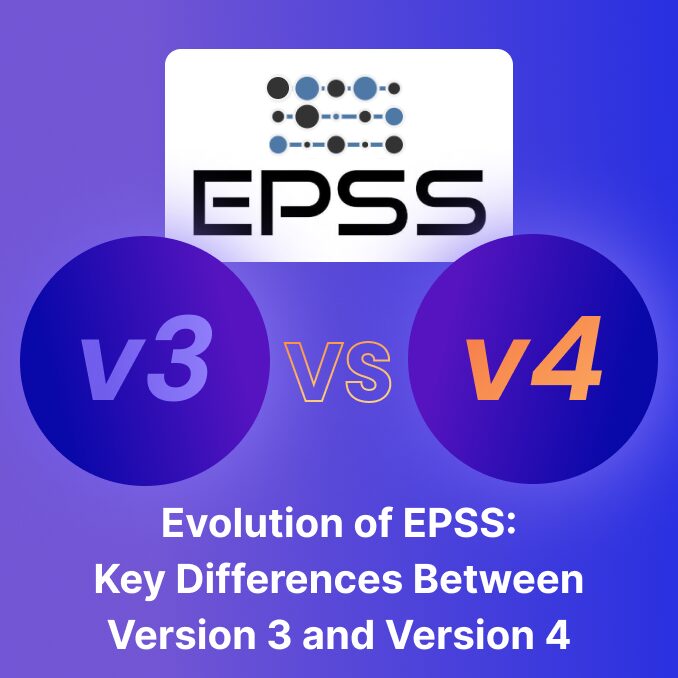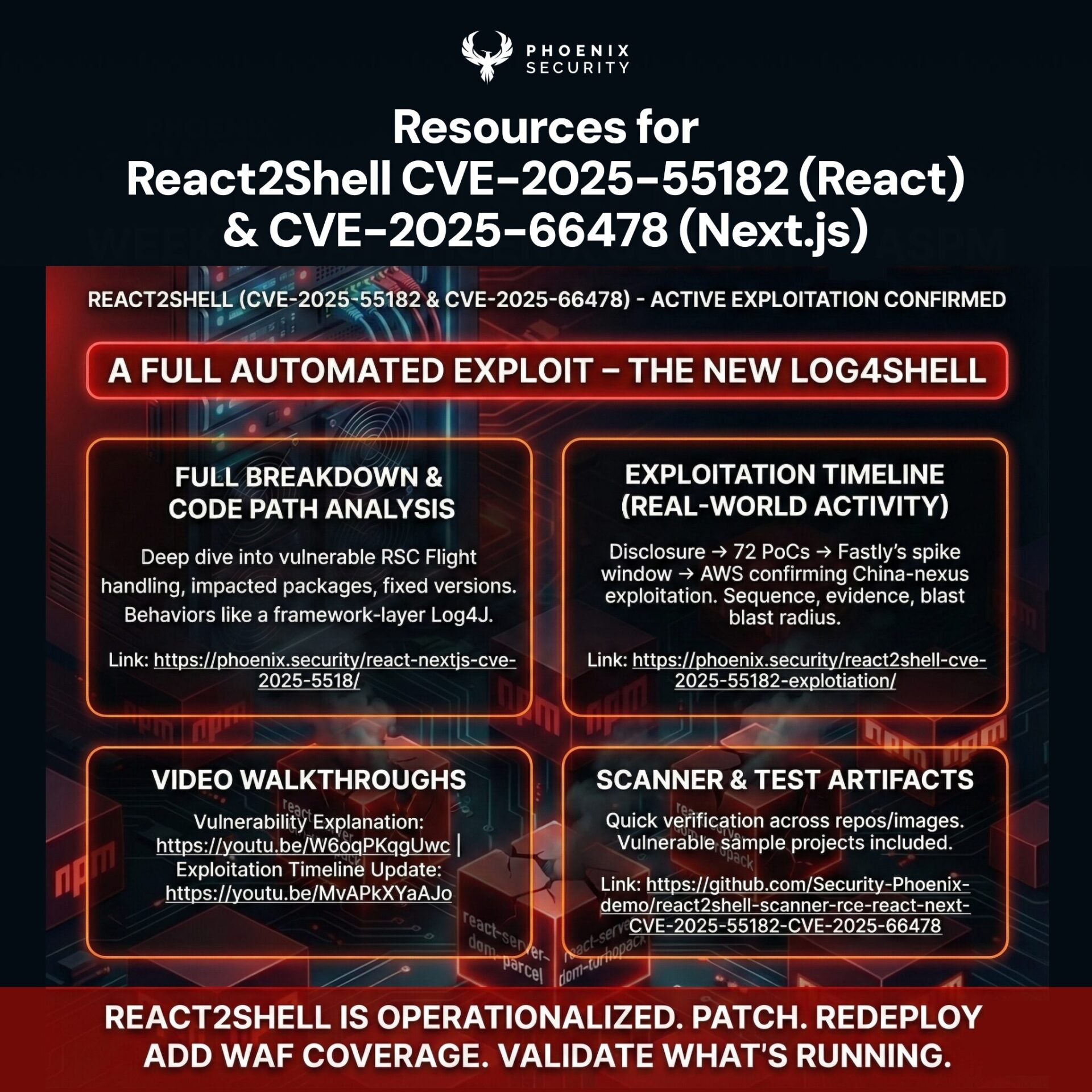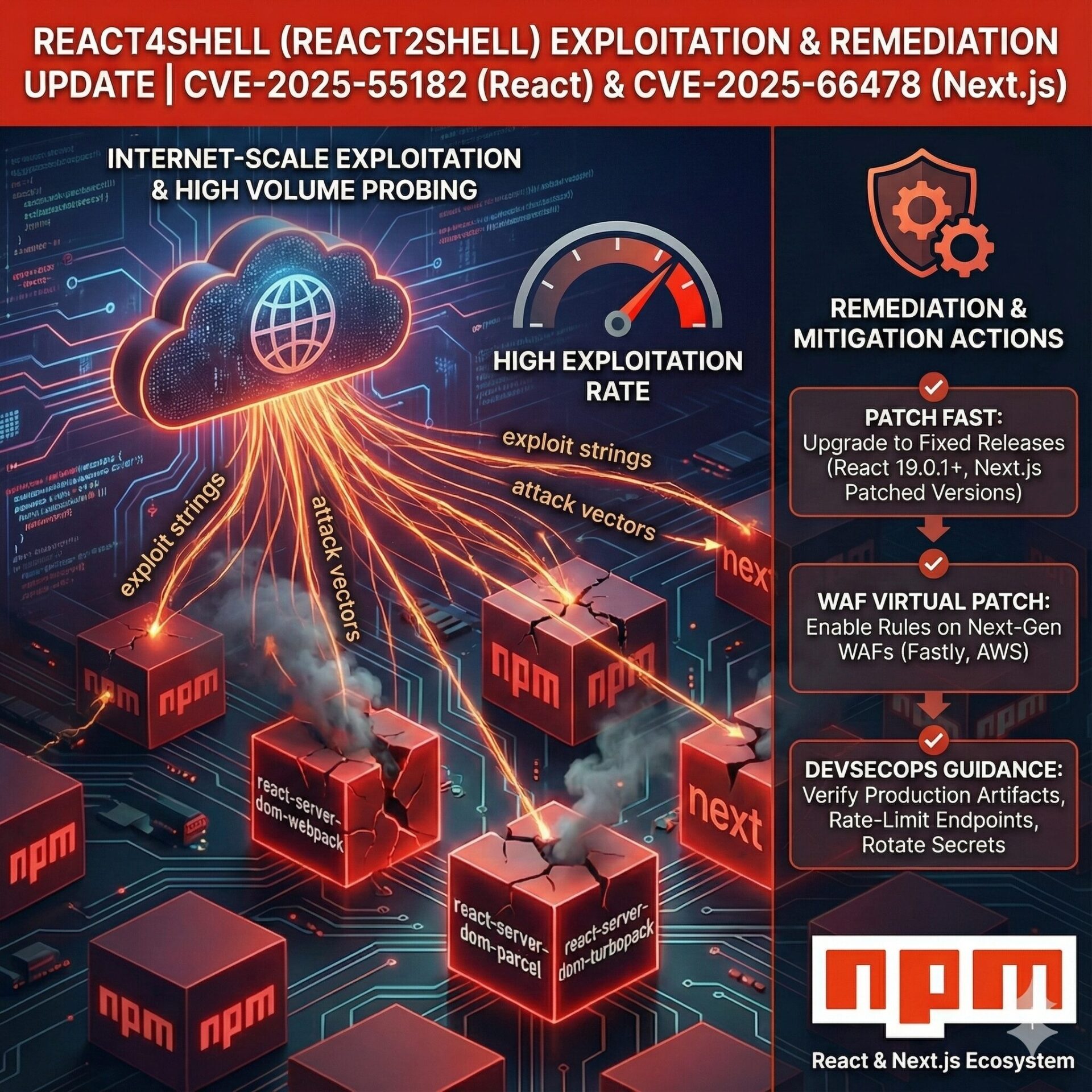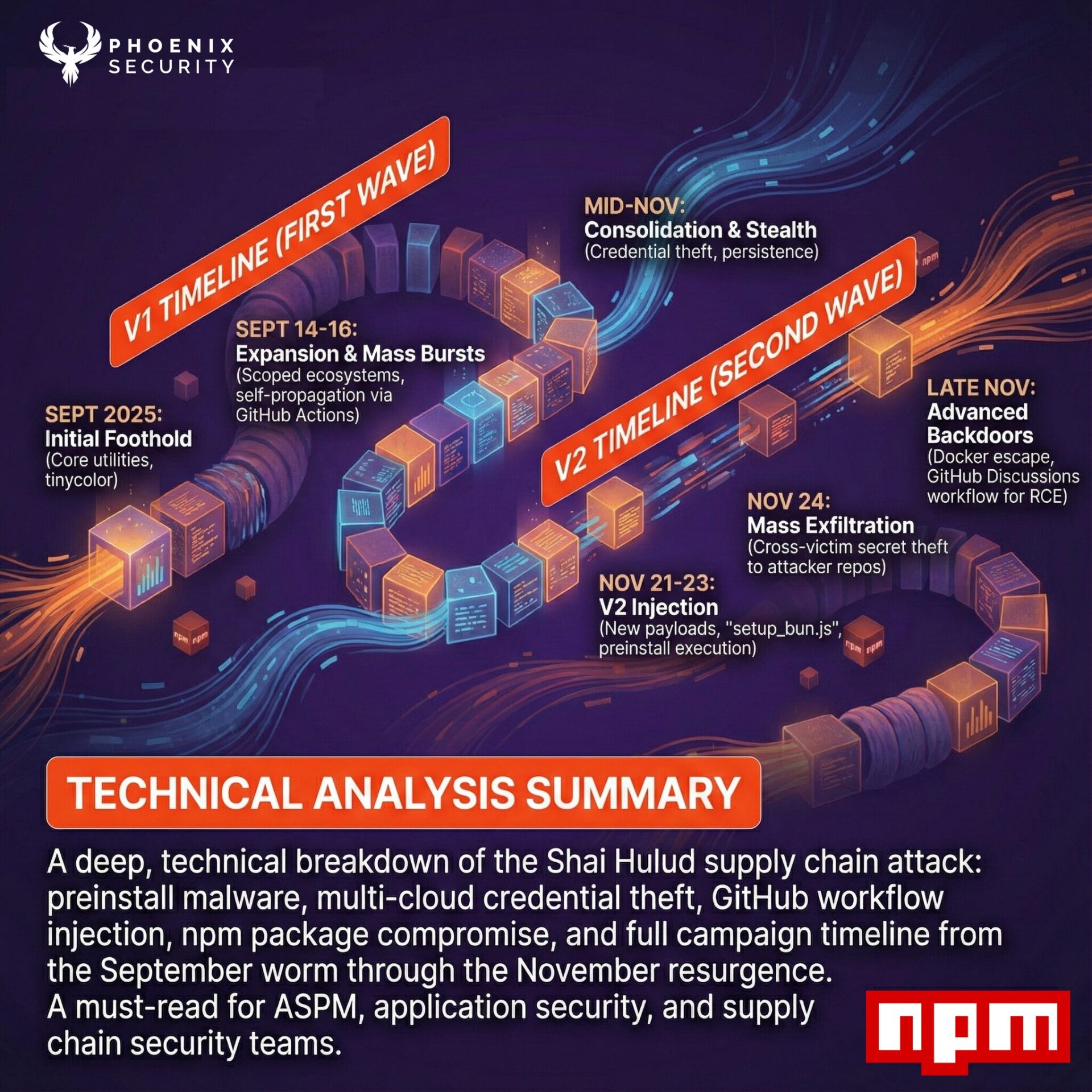EPSS continues to attract attention within cybersecurity circles, especially with the planned V4 release scheduled for March 17. This scoring system ranks the likelihood of a vulnerability being exploited in the wild. Analysts frequently use EPSS alongside other indicators—threat intelligence feeds, bug bounty insights, public disclosures, and real-time telemetry. ASPM solutions, application security frameworks, and remediation strategies often rely on these combined signals rather than a single metric.
Version 4 has prompted me to look into the preliminary look at shifts in scores. Binned distributions suggest a moderate spread, with the most substantial cluster around minimal variation. Values for 2021 appear slightly elevated, yet nothing dramatic stands out. Minor adjustments near the lower end (-0.1% to -1.0%) dominate the data set, indicating minimal or no exploitable evidence for many entries. Extreme moves downwards—around -90% or more—seem tied to unverified exploits and situations where reliable proof of active exploitation is missing. These downward spikes look reassuring but do not address unknown zero-day activity, creating a blind spot when critical breaches emerge without warning.
Several anomalies remain. A few vulnerabilities show significant upward shifts, though the reasons are unclear. One puzzling case involves CVE-2007-4559, linked to bug bounty observations rather than broad public disclosure. Shodan data references around 100 potentially affected systems, yet no robust exploit documentation appears outside that niche. This discrepancy underscores the value of combining EPSS results with other threat assessments since single data points can be misleading without a broader context.
Ransomware campaigns often leverage vulnerabilities with established proof-of-concept exploits. Many of those entries retain a high EPSS value and show slight adjustments in V4. That suggests consistent validation of real-world danger, giving organizations valuable insight for remediation decisions and risk prioritization. High-scoring vulnerabilities remain frequent targets, emphasizing the need for application security reviews, thorough patching, and ongoing ASPM integration.
Further inspection of the table confirms the bulk of data hovers around a 0.0% shift, highlighting stability. The next most significant portion appears within ±0.1%, indicating incremental score changes. Outliers are more common in negative territory, often related to vulnerabilities with no solid exploitation evidence. Aside from rare mentions, positive outliers exist but lack a clear pattern or significant bug bounty correlation.
I’m more puzzled by the extreme increase. Unlike others that are quite popular, there are no clear indicators, like 6 bug bounty for this one. It is an IIS exploitation, but there is no public disclosure aside from Shodan and some 100 IP affected by it.
The only indication for this one is some exploitation via bug bounty (CVE-2007-4559)
On the other end, the majority of vuln Used in ransomware seems to retain a Bad EPSS score (high score) and have had little adjustment down -> Good
These observations reflect the evolving state of vulnerability exploitation. EPSS assists security teams in guiding patch priorities, but it is only one piece of the puzzle. Combining EPSS with real-time threat intelligence, bug bounty reports, and active scanning enriches the overall risk picture. ASPM workflows, automation, and coordinated detection can turn these insights into swift action. Application security success relies on more than a single metric. A holistic approach ensures that known threats receive prompt remediation while unknown vectors are hunted through broader analysis and proactive measures.
The March 17 V4 release merits attention from anyone concerned with application security and cybersecurity strategy. Fine-tuning scores and realigning risk categories can influence remediation timelines, especially for flaws that move closer to or away from active exploitation. Preparing for these changes strengthens an organization’s defensive posture by ensuring that high-risk items remain visible and newly downgraded threats do not receive excessive attention. This balanced approach fosters resilient protection across modern infrastructures, where the threat landscape evolves rapidly and unpredictably.
Get on top of your code and container vulnerabilities with Phoenix Security Actionable ASPM

Organizations often face an overwhelming volume of security alerts, including false positives and duplicate vulnerabilities, which can distract from real threats. Traditional tools may overwhelm engineers with lengthy, misaligned lists that fail to reflect business objectives or the risk tolerance of product owners.
Phoenix Security offers a transformative solution through its Actionable Application Security Posture Management (ASPM), powered by AI-based Contextual Quantitative analysis. This innovative approach correlates runtime data with code analysis to deliver a single, prioritized list of vulnerabilities. This list is tailored to the specific needs of engineering teams and aligns with executive goals, reducing noise and focusing efforts on the most critical issues. Why do people talk about Phoenix

• Automated Triage: Phoenix streamlines the triage process using a customizable 4D risk formula, ensuring critical vulnerabilities are addressed promptly by the right teams.
• Contextual Deduplication: Utilizing canary token-based traceability, Phoenix accurately deduplicates and tracks vulnerabilities within application code and deployment environments, allowing teams to concentrate on genuine threats.
• Actionable Threat Intelligence: Phoenix provides real-time insights into vulnerabilities’ exploitability, combining runtime threat intelligence with application security data for precise risk mitigation.

By leveraging Phoenix Security, you not only unravel the potential threats but also take a significant stride in vulnerability management, ensuring your application security remains up to date and focuses on the key vulnerabilities.

















